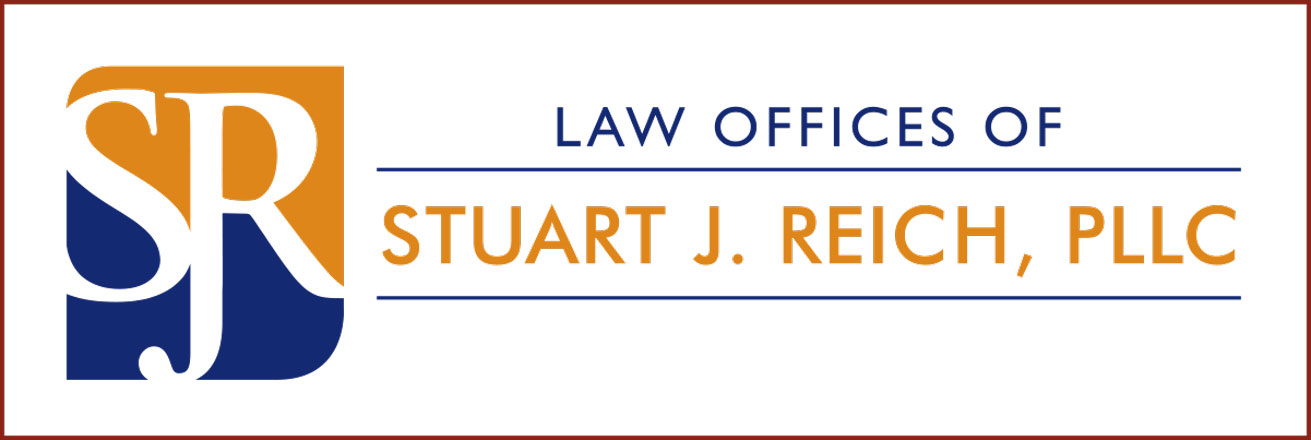11 Broadway, Suite 615 New York, NY 10004
Administration publishes rule to change H-1B cap lottery selection system
US Citizenship and Immigration Services has on December published a proposed rule in the Federal Register to significantly alter the way H-1B cap selection is currently handled – both in terms of what is required to enter the lottery, and in terms of the order in which the two existing lotteries are filled.
The new rule would change the current system, which requires filing of a complete H-1B submission package starting on the first business day of April. USCIS continues under the current system to accept submissions for five business days in total.
Assuming more cases are received than the available 65,000 general H-1B allotment and additional 20,000 allotment for those with Beneficiary’s holding a US Master’s degree, USCIS stops accepting additional filings and holds a lottery among those received to select those allotted H-1B visas for that fiscal year. Only those cases selected are reviewed and adjudicated on their merits.
The current system means that those employers which have filed cases which weren’t selected have paid for preparation of an H-1B filing which is never actually reviewed for substance by USCIS – an enormous waste of resources.
The proposed rule would allow a registration on the USCIS through a new system, which would gather company information, information about the individual to be hired, and information about the proposed job. A complete petition would no longer need to be filed to enter the H-1B cap lottery as under the current system. However, at the least completion of the recruitment process (resulting in a specific proposed hire) and identification of the job title and description to be used would be required. There would be a significant cost savings for an employer whose filing was not selected, albeit not a complete savings.
Under the new process, the process of registering for the lottery would begin 14 days before the April 1 date on which the current filing season would begin, rather than running five business days after April 1. Employers selected would be notified, and have 60 days to submit a complete filing which would then be adjudicated on its merits. USCIS would provide 30 days advanced notice on its web site of the beginning of the registration period.
All of this said, for the coming 2019/Fiscal 2020 cap season employers may still need to prepare for both systems – it isn’t at all clear that the electronic registration system will be ready in time even if the rule is finalized, and the proposed rule includes language allowing USCIS to delay implementation for the coming cap season if the electronic system isn’t yet ready – and to suspend registration in future years in the event of technical failures.
While the rule’s change to the system for system for entry into the cap lottery was expected (see our coverage here), the proposed change in the selection order was less so.
Currently, the lottery for available H-1Bs is first conducted for the 20,000 Master’s Cap cases, and then for the 65,000 general allotment. The proposed rule would reverse the order, holding the lottery for the general cap first, and then for the 20,000 US Master’s degree cases. In theory, USCIS apparently believes, this will make it more likely that the H-1B allotment will go to more highly skilled jobs – which USCIS states is its goal under the Buy American, Hire American Executive Order.
There are several issues with this change and the policy goal behind it, however.
First, the H-1B program is defined by statute and regulation – and contrary to the many public complaints that the H-1B program is supposed to be for highly skilled workers, it simply isn’t. It was meant to address labor shortages for positions requiring at least a minimum level of specific specialized knowledge conveyed by a bachelor’s degree. It was never meant solely for “extraordinary” workers, a category specifically provided for in the separate O-1 category.
There is therefore some question about the legality of a change to affect this preference, and the intervention of the courts to prevent this administration’s initiative from taking effect has hardly been unusual over the last two years.
Further, this doesn’t necessarily accomplish the stated goal. The H-1B Master’s cap allotment of 20,000 visas is by law allocated to individuals with US Master’s degrees – not to jobs that require a Master’s degree. If there’s any benefit here in terms of probability of selection, it goes to an individual with a Master’s from a US school regardless of academic quality, and not to jobs that have high-level requirements – even where an even higher-level degree is required if the beneficiary doesn’t have a US-school Master’s degree. A petition for a low-level accounting position for MBA graduate from a small local US school gets the preference here, while a petition for a high-level medical research position for an individual with a Ph.D. from Cambridge does not.
A proposed rule isn’t a final regulation – the Administrative Procedures Act requires that to become a regulation, a proposed rule must be published in the Federal Register followed by a period for the public to react (normally at least 30 days). This may be a comment period, or public hearings may be held. Only after 30 days – sometimes longer – can the rule become final.
